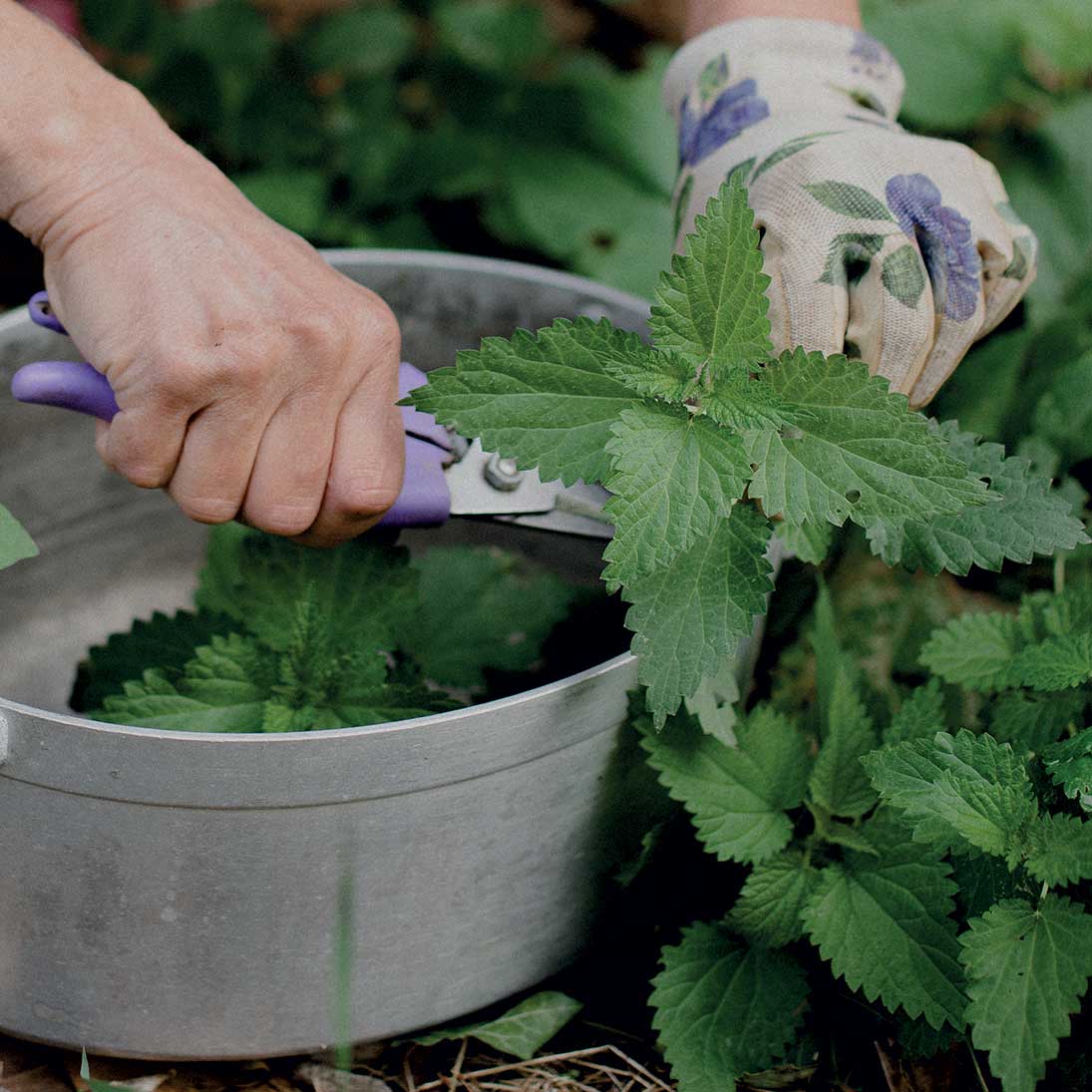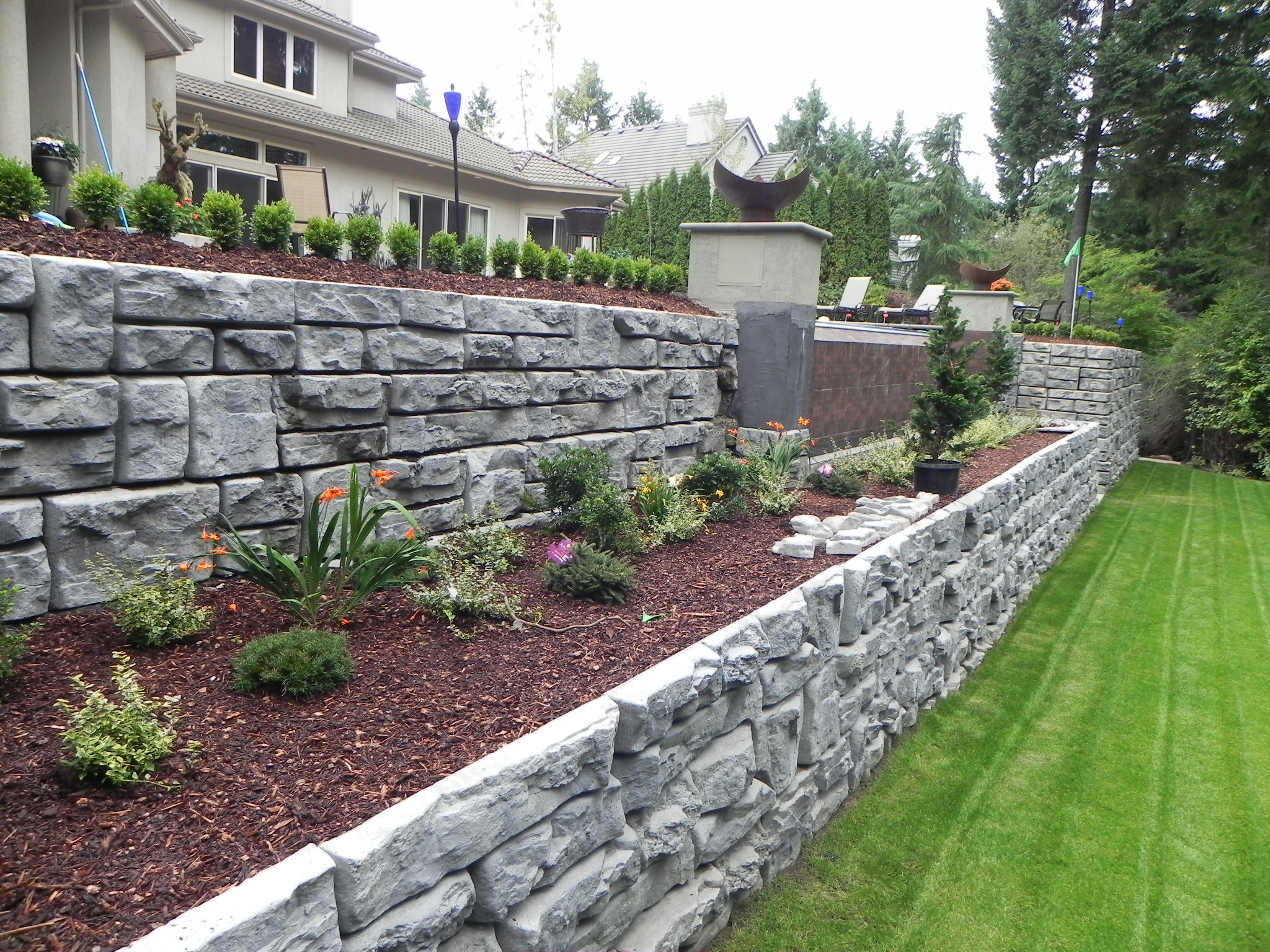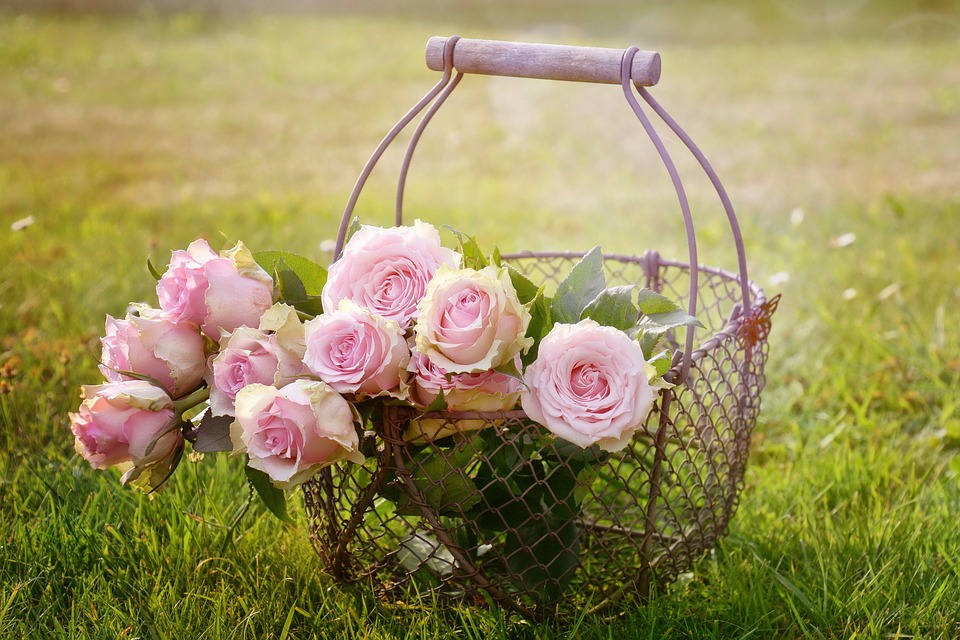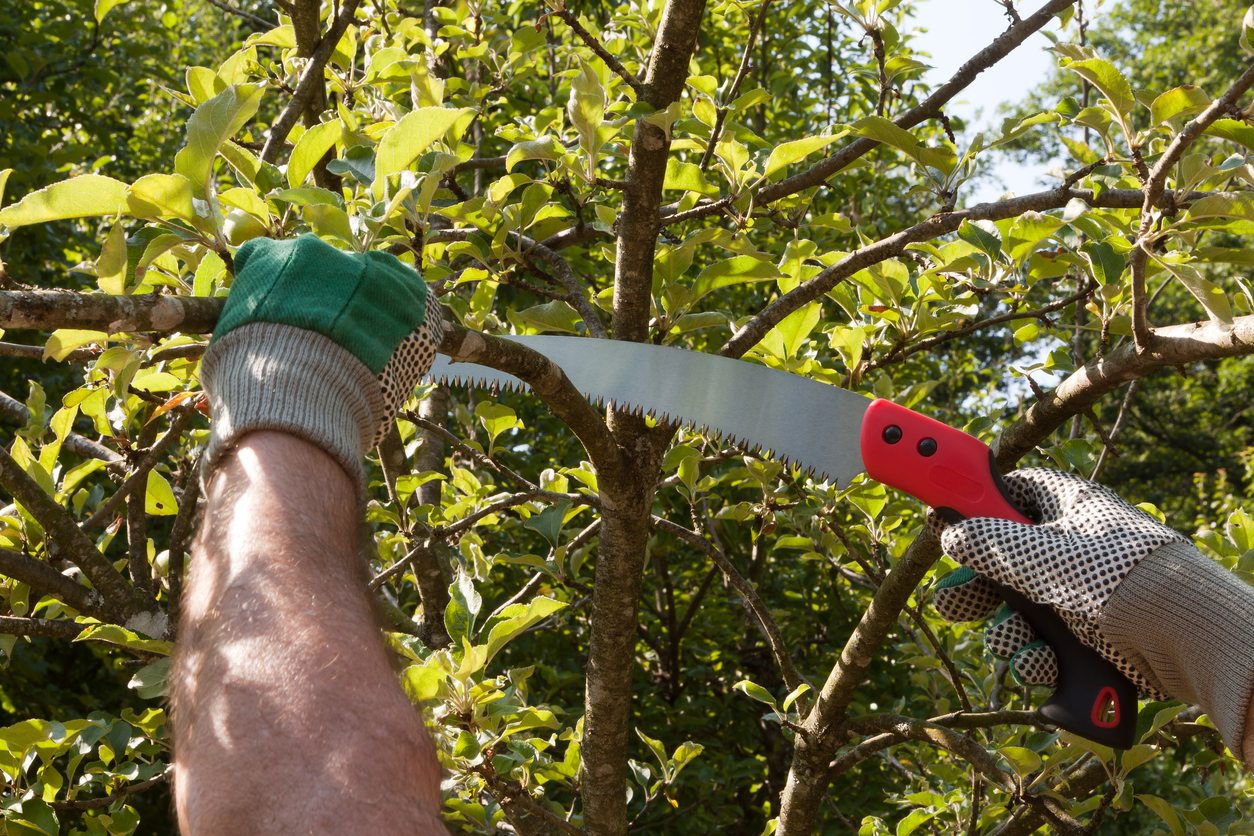Ortie, commonly known as stinging nettle, is a versatile and nutrient-rich plant that can be a valuable addition to your garden. Despite its reputation for causing discomfort with its stinging hairs, nettles are prized for their culinary uses and medicinal benefits. In this guide, we’ll explore the ins and outs of growing Ortie in your garden, from selecting the right location to harvesting the lush leaves for a variety of purposes.
Selecting the Ideal Location
Choosing the right location is paramount when cultivating Ortie in your garden. Nettles thrive in well-drained soil and prefer a spot with partial shade to full sunlight. While they can tolerate different soil types, nettles generally do well in nutrient-rich and moist conditions. Consider planting them near a water source and away from areas where you frequently walk, as the stinging hairs can cause skin irritation.
Propagation Methods
Ortie can be propagated through various methods, including seeds, rhizomes, or by dividing existing plants. If starting from seeds, sow them in early spring in a seedbed, then transplant the seedlings to their permanent location once they have developed several leaves. Alternatively, you can use rhizomes or root cuttings, ensuring that each cutting has a healthy portion of roots to establish well in the new location.
Planting Ortie Seeds
When planting Ortie seeds, it’s essential to create a suitable environment for germination. Sow the seeds in well-prepared soil, covering them lightly with a layer of soil. Keep the soil consistently moist until the seeds germinate, which usually takes around two weeks. Thinning the seedlings to a proper spacing ensures that each plant has enough room to grow and receive adequate sunlight.
Caring for Ortie Plants
Ortie plants are relatively low-maintenance but benefit from regular care to encourage robust growth. Water the plants consistently, especially during dry periods, and apply a balanced fertilizer to promote healthy foliage. Mulching around the plants helps retain moisture and suppress weeds. While nettles are resilient, be mindful of pests like aphids, which can be controlled through natural remedies or insecticidal soap.
Harvesting Ortie Leaves
The prime time to harvest Ortie leaves is in the spring and early summer when the plants are vigorously growing. Use gloves to protect your hands from the stinging hairs, and cut the young, tender leaves from the top of the plant. Regular harvesting can encourage bushier growth and prevent the plant from becoming too leggy. Be sure to leave some leaves on each plant to support ongoing growth.
Culinary Uses of Ortie
Ortie leaves are prized for their rich nutritional profile and distinctive flavor. Once harvested, these versatile leaves can be used in various culinary creations. Steam or blanch them to neutralize the stinging hairs and incorporate them into soups, stews, or sautés. Ortie leaves can also be used to make pesto, teas, or added to smoothies for an extra nutrient boost. The possibilities are vast, making nettles a valuable addition to your kitchen garden.
Medicinal Benefits of Ortie
Beyond its culinary uses, Ortie has a long history of medicinal applications. Rich in vitamins, minerals, and antioxidants, nettles have been used to alleviate conditions such as allergies, arthritis, and inflammation. Nettle tea is a popular choice for its potential benefits in supporting the immune system and promoting overall well-being. As with any herbal remedy, it’s advisable to consult with a healthcare professional before incorporating nettles into your wellness routine.
Companion Planting with Ortie
Ortie’s benefits extend beyond its culinary and medicinal uses; it also serves as a valuable companion plant in the garden. Nettles can enhance the growth and flavor of neighboring plants, such as tomatoes and mint, while deterring pests like aphids. However, it’s crucial to plant Ortie strategically, considering its ability to spread and potentially become invasive in certain environments.
Controlling Ortie Growth
While Ortie’s resilience is commendable, its spreading nature can become a concern in some gardens. To control the growth of nettles, consider planting them in containers or designated areas with barriers to prevent their spread. Regularly harvest the leaves to keep the plants in check, and promptly remove any unwanted shoots that may emerge outside the designated area.
Winter Care for Ortie
Ortie plants exhibit perennial tendencies, and proper winter care ensures their health and vitality in the following growing season. As winter approaches, cut back the plants to ground level, removing any dead or decaying material. Applying a layer of mulch around the base of the plants provides insulation and protects the roots during colder months. This winter care routine helps Ortie plants thrive when they emerge in the spring.
Growing Ortie in your garden is a rewarding endeavor that brings culinary delights, medicinal benefits, and ecological advantages. By following these comprehensive guidelines—from selecting the right location to reaping the harvest—you can cultivate a thriving Ortie patch that not only adds a touch of green goodness to your garden but also contributes to your overall well-being and sustainability efforts. Embrace the versatility of Ortie, and let this resilient plant become a valuable asset in your gardening repertoire.



